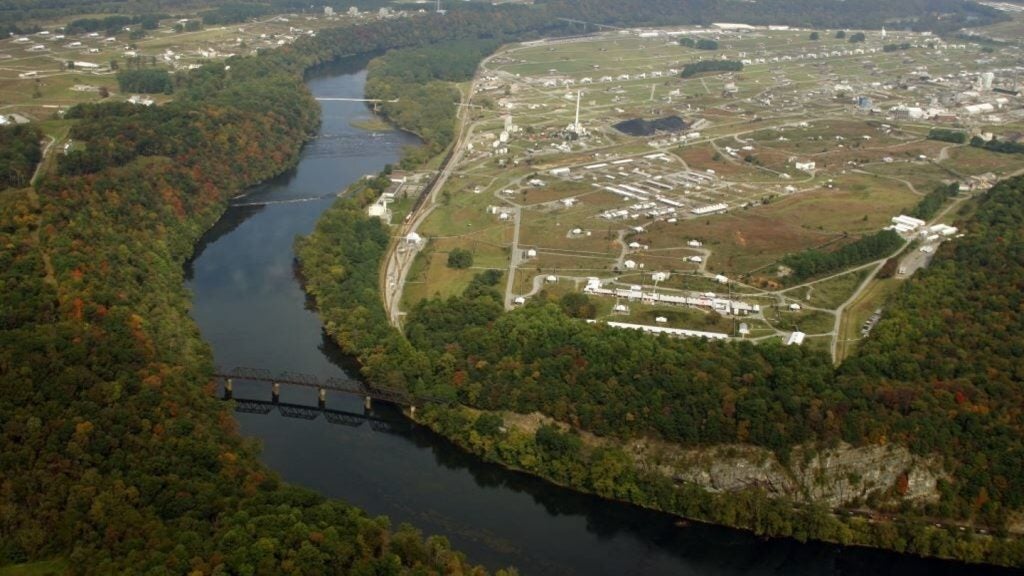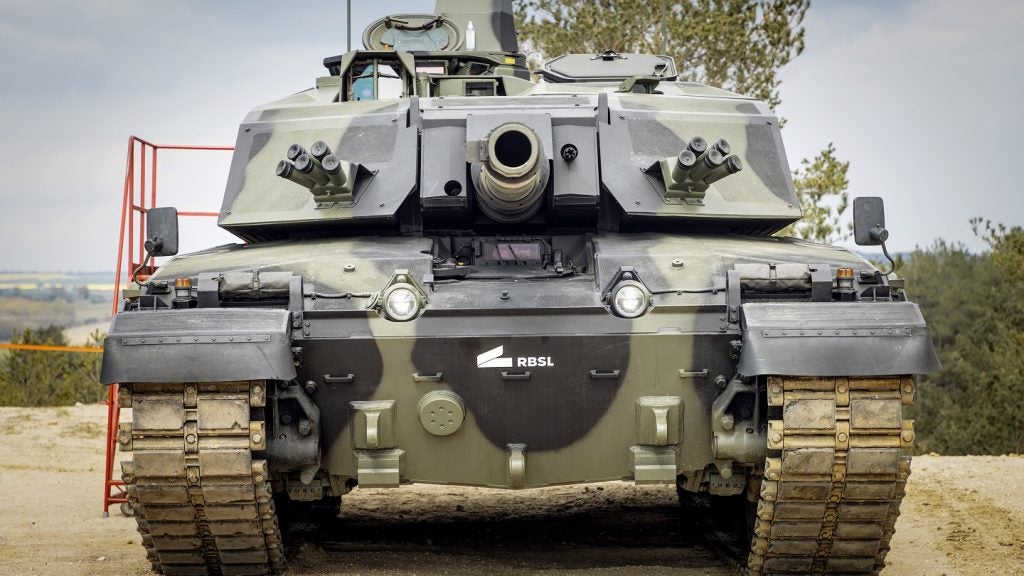The US Army has awarded an $18m contract to research and review company Sky Research to locate unexploded munitions across military sites in the US.
The company has developed a process called Wide Area Assessment that uses geophysical, aviation, engineering and remote-sensing technologies to detect unexploded bombs or shells, a company spokesman said.
As part of the investigation, the company will use light detection and ranging technology (LIDAR) to map the landscape.
LIDAR will use laser technology to accurately measure topography and collect historical evidence of munitions activities from sites including World War II artillery ranges.
High airborne sensors will be used to cover over 100 square miles or equivalent in a day, looking for indications of where munitions activities may have taken place.
See Also:
After breaking down big sites into manageable pieces, the company will use low airborne sensors and a helicopter drone flying about 3m above the ground carrying a ferrous metal detector.
How well do you really know your competitors?
Access the most comprehensive Company Profiles on the market, powered by GlobalData. Save hours of research. Gain competitive edge.

Thank you!
Your download email will arrive shortly
Not ready to buy yet? Download a free sample
We are confident about the unique quality of our Company Profiles. However, we want you to make the most beneficial decision for your business, so we offer a free sample that you can download by submitting the below form
By GlobalDataThe final detection process will use ground searches to locate the exact position of ordnance for cleaning.






